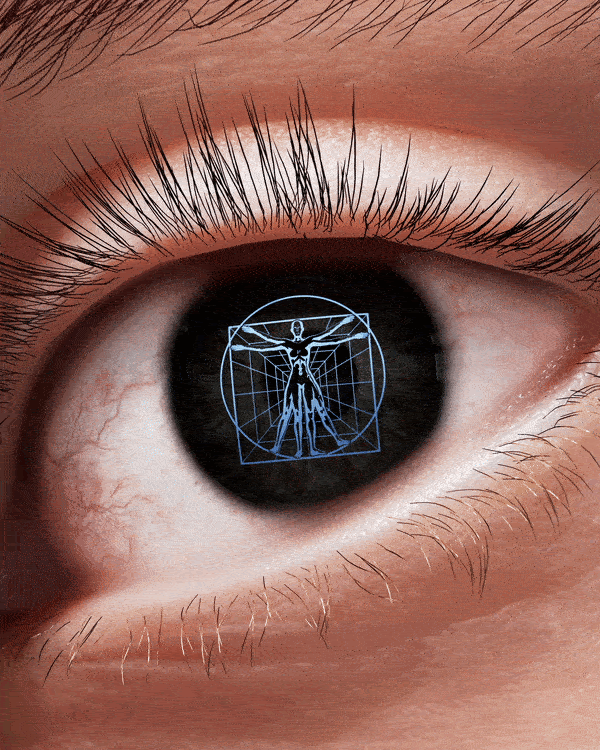#vitruvian man
Text
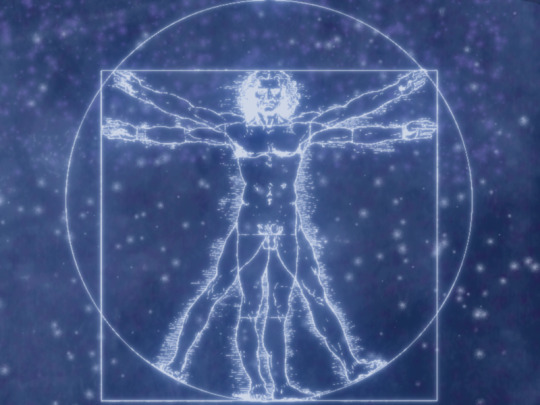
actual real picture of gale sex scene
323 notes
·
View notes
Text
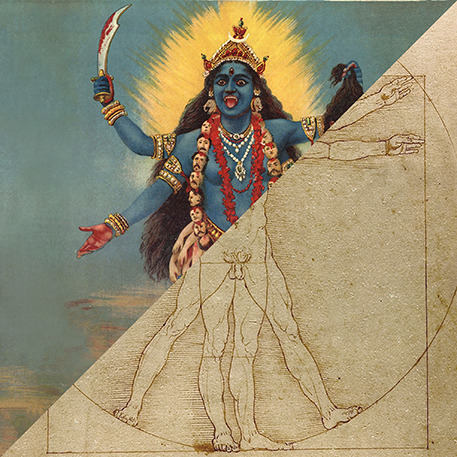
Raja Ravi Varma, Goddess Kali, circa 1910
VS
Leonardo Da Vinci, The proportions of the human body according to Vitruvius, 1490
#leonardo da vinci#uomo vitruviano#vitruvian man#renaissance#rinascimento#geometry#circle#square#vitruvius#vitruvio#gallerie dell'accademia#gallerie dell'accademia di venezia#kali#hindu#goddesses#goddess#Shiva#Raja Ravi Varma
321 notes
·
View notes
Text

. ergo sum .
212 notes
·
View notes
Text

94 notes
·
View notes
Text

El gran Lobowski - Vitruvian Dude
65 notes
·
View notes
Text
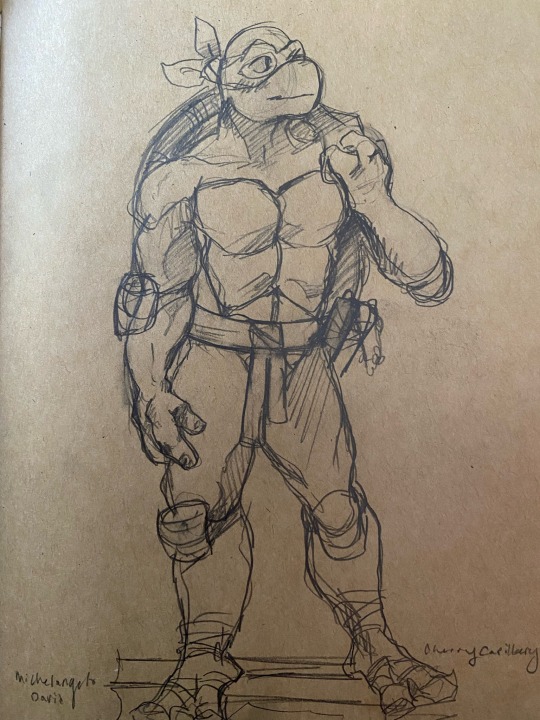
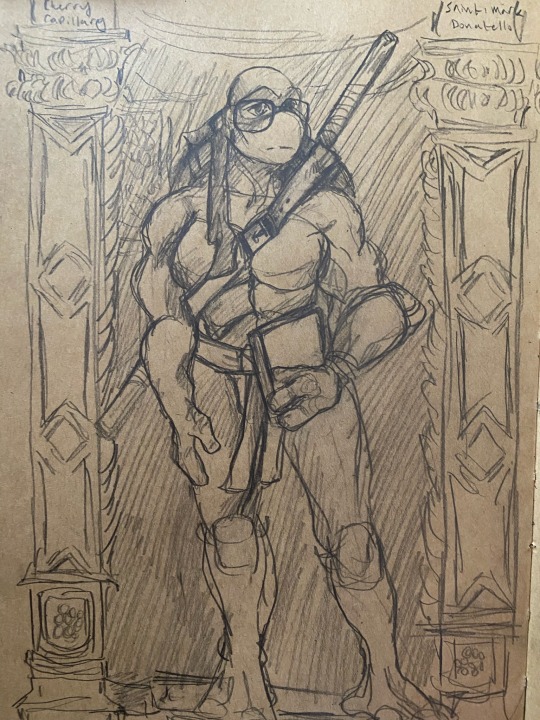
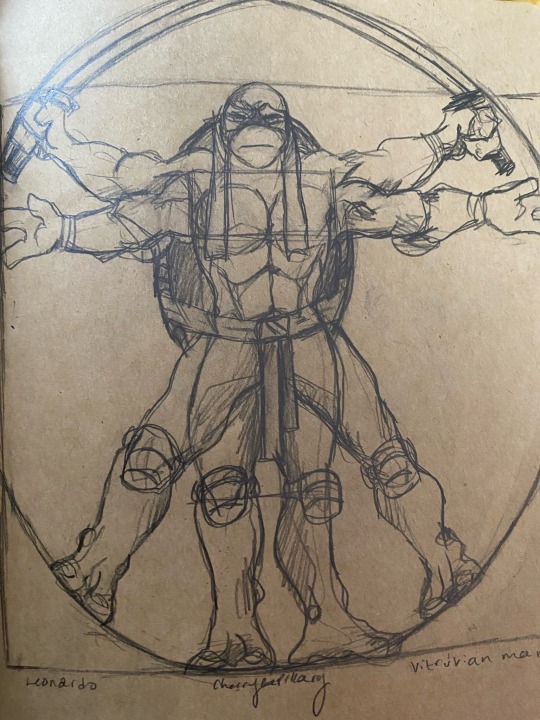
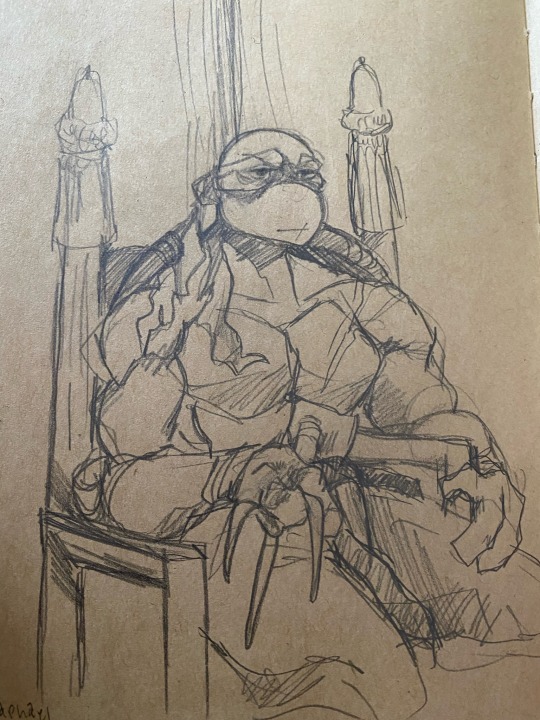
mikey as michelangelo’s david
donnie as donatello’s saint mark
leo as leonardo’s vitruvian man
raph as raphael’s portrait of pope julius ii
#my art#traditional#tmnt#teenage mutant ninja turtles#leonardo#donatello#michelangelo#raphael#portrait of pope francis ii#vitruvian man#saint mark#david#sketch#traditional art
876 notes
·
View notes
Text







Jujutsu Kaisen Rewatch - Episode 11: Narrow-minded
#jujutsu kaisen#jjkedit#hyeahjujutsu#gifs; jjk#my gifs#my jjk#mahito#junpei yoshino#yuji itadori#kiyotaka ijichi#vitruvian man
104 notes
·
View notes
Text

Also Sherlock:

#john is Sherlock's ideal man#married to my work where#johnlock#bbc sherlock#john watson#vitruvian man
588 notes
·
View notes
Text


Vitruvian
17 notes
·
View notes
Text
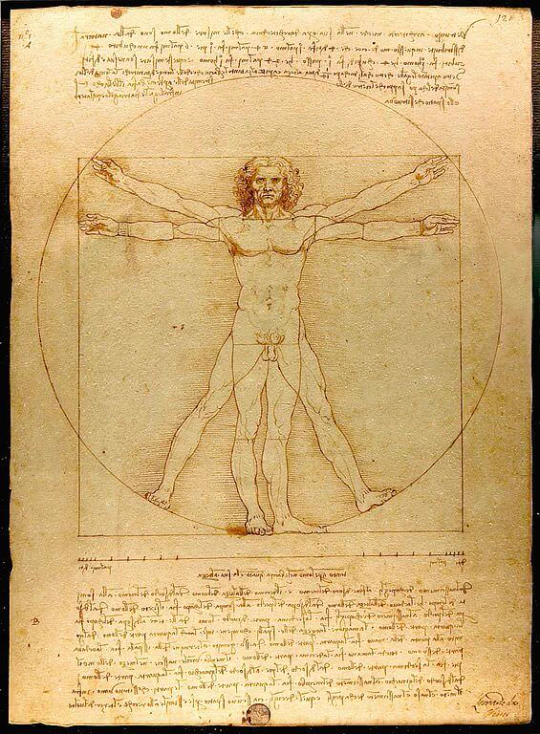
The Vitruvian Man is a famous drawing by Leonardo da Vinci, the Italian Renaissance artist and scientist. It shows a man in two positions, with his arms and legs spread out, inside a circle and a square. The drawing is based on the writings of Vitruvius, an ancient Roman architect, who described the ideal proportions of the human body. Leonardo wanted to explore the relationship between man and nature, and how the human body reflects the harmony of the universe. He also used his own measurements and observations, as well as the works of other artists and scholars, to create his own version of the perfect human figure. The drawing is very detailed and precise, with notes and calculations in Leonardo’s characteristic mirror writing. It is considered one of the most iconic images of Western civilization, and a symbol of the Renaissance spirit of art and science. It's now kept in the Gallerie dell’Accademia in Venice, Italy, but it is rarely displayed to the public because of its fragility and sensitivity to light. It was loaned to the Louvre in 2019 for a special exhibition marking the 500th anniversary of Leonardo’s death.
[Courtesy of http://leonardodavinci.net]
* * * *
"What is needed is either a new understanding of God or a new understanding of Man: an understanding of God that does not insult the scientific mind while offering bread, not a stone, to the deepest hunger of the heart; or an understanding of Man that squarely faces the criminal weakness of our moral will while holding out to us the knowledge of how we can strive within ourselves to become the fully human being we are meant to be-both for ourselves and as instruments of a higher purpose. But this is not an either/or. The premise—or, rather, the proposal—of this book is that at the heart of the Christian religion there exists, and has always existed, just such a vision of both God and Man.
I call it “lost Christianity,” not because it is a matter of doctrines and concepts that may have been lost or forgotten; nor even a matter of methods of spiritual practice that may need to be recovered from ancient sources. It is all that, to be sure, but what is lost in the whole of our modern life, including our understanding of religion, is something even more fundamental, without which religious ideas and practices lose their meaning and all too easily become the instruments of ignorance, fear, and hatred.
What is lost is the experience of oneself, just oneself—myself, the personal being who is here, now, living, breathing, yearning for meaning, for goodness; just this person here, now, squarely confronting one’s own existential weaknesses and pretensions while yet aware, however tentatively, of a higher current of life and identity calling to us from within ourselves.
This presence to oneself is the missing element in the whole of the life of Man, the intermediate state of consciousness between what we are meant to be and what we actually are. It is, perhaps, the one bridge that can lead us from our inhuman past toward the human future."
-Lost Christiantiy
by Jacob Needleman
#Vitruvian Man#Leonardo da Vinci#quotes#Lost Christianity#Jacob Needleman#human#human being#philosophy#God and man
21 notes
·
View notes
Text

Carlo Scarpa, exhibition design of the Sicily's Regional Gallery, Palazzo Abatellis, Palermo, Italy, 1953-1954 ph. Jacopo Famularo
VS
Leonardo Da Vinci, The proportions of the human body according to Vitruvius, 1490
#carlo scarpa#palazzo abatellis#palermo#sicilia#sicily#Galleria Regionale della Sicilia#kalsa#museum#exhibition design#set up design#italian#italy#italian architecture#museologia#museografia#leonardo da vinci#uomo vitruviano#vitruvian man#renaissance#rinascimento#gallerie dell'accademia#venezia#venice#square#circle
59 notes
·
View notes
Text

Lego x Vitruvian Man
Art by Nefise Yılmaz
22 notes
·
View notes
Text

#drawing#saci#saci perere#folk#folklore#folclore#folclore brasileiro#brasil#brazil#brazilian folklore#brazilian mythology#mythology#vitruvian#vitruvian man#imp#goblin
5 notes
·
View notes
Text
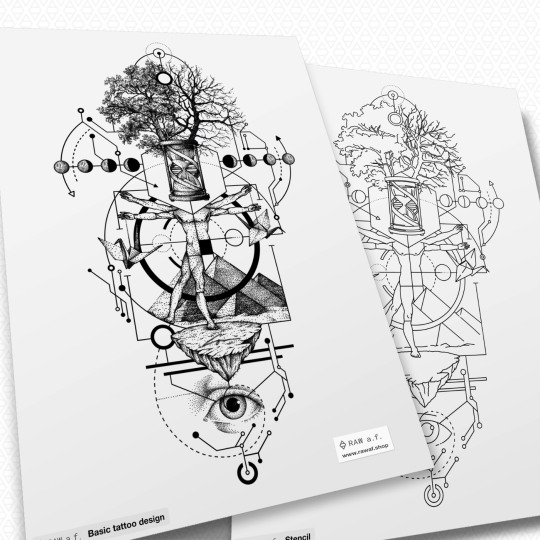
World of science.
10 notes
·
View notes
